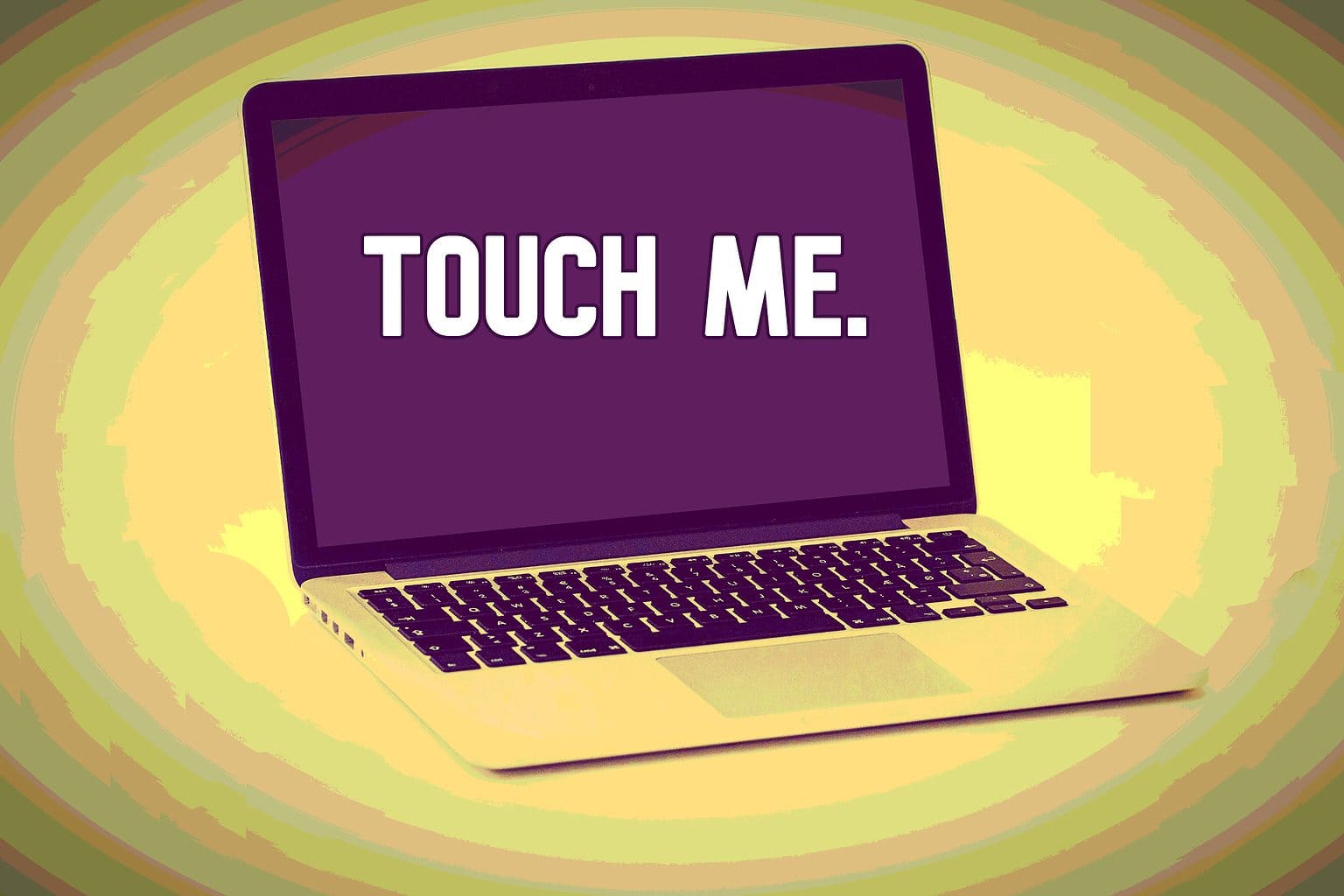You may have felt a seismic shift recently. The origin was Apple Park in Cupertino, where Tim Cook and Co. decided to start work on a touchscreen MacBook Pro. This is something the company has been adamantly against for many years, going back to a scathing comment from the late Steve Jobs.
But the computing world has changed enormously since Jobs mocked touchscreen laptops. Today, there are plenty of reasons for Apple to make one.
6 reasons why a touchscreen MacBook is a logical next step
Don’t try to argue that a MacBook with a touchscreen is nonsensical. That’s simply not true. It’s part of Apple’s ongoing effort to break down artificial barriers between its devices. iPad has become more like MacBook, and vice versa. Apple Watch has become more like iPhone. And that’s good for all of us.
Steve Jobs hated the idea, but Apple needs to move on
Perhaps nothing has kept a touchscreen out of a MacBook more than Apple co-founder Steve Jobs saying in 2010:
“We’ve done tons of user testing on this, and it turns out it doesn’t work. Touch surfaces don’t want to be vertical. It gives great demo but after a short period of time, you start to fatigue and after an extended period of time, your arm wants to fall off.”
But that was almost 13 years ago, and so much has changed about computing in the decade-plus. Steve Jobs himself did a lot to bring about those changes. If he was here to talk to us today, he’d say something very different.
To get specific, here are half a dozen ways a touchscreen MacBook would benefit users.
1. We’re so used to touchscreens we keep tapping on our MacBooks
Almost everyone who owns a MacBook also owns an iPhone. And when you want to open an application on an iPhone, you don’t reach for a mouse — you tap on the screen. The result is that, over the years, we’ve become conditioned to directly touching screens. The habit becomes even stronger for those who also use an iPad.
Whenever I use a MacBook, I’m constantly tapping on the display. I regularly see other people do it, too. There’s an obvious way to end the frustration.
We could stop fighting the habit of enlarging images or web pages with a quick two-fingered gesture. We could flick the screen to zoom down a page. All the little gestures we use every day on our iPhone would be there on a touchscreen MacBook.
2. iPhone and iPad apps brought to Mac will become less frustrating
Macs with an M-series processor can run iOS and iPadOS software just as they do macOS apps. But that’s no guarantee that an iPhone application designed for a touchscreen is easy to control with a trackpad/mouse. It can actually prove very frustrating.
Being able to simply reach out and touch these apps, as they were designed to be used, solves the problem.
3. A touchscreen Mac gives users more options
There’s no reason for Apple to pull the trackpad out of its notebooks even if it adds a touchscreen. Touching the display will instead become another option for controlling the computer, in addition to the current ones. More choices is better.
If 2025 brings a macOS laptop with a touchscreen, as has been predicted, those who don’t want to use it won’t be forced to. But those who do will enjoy a more user-friendly computer.
4. This is an important step toward an all-touchscreen MacBook
The news that Apple is working on a touchscreen Mac really shouldn’t surprise anyone. A recent leak pointed to the company developing a MacBook that is all touchscreen.
It supposedly will consist of a 20.25-inch folding display that will apparently take the place of the keyboard and trackpad.
Before this cutting-edge macOS notebook launches, a more typical MacBook with a touchscreen would serve as a critical stepping stone.
5. MacBook could become a better canvas for artists
Many artists embrace iPad because it lets them paint directly onto a digital canvas. Certain add-ons let Mac users do the same, but none of them are as easy as simply putting an Apple Pencil on the screen.
A touchscreen MacBook would bring that same simplicity. And artists would gain access to the full array of macOS software, not only the applications available on iPadOS.
Of course, this would require the notebook to be a convertible. That means there’d need to be a way to fold the keyboard out of the way so the user could easily draw or paint. Apple Pencil support is another requirement.
6.) MacBook users want a touchscreen
Apple is in the business of selling computers. And many of the people who buy MacBooks want a touchscreen. Apple should give them what they want to buy.
I’m sorry, but it doesn’t matter if you personally see no need for one. Consider this: I have never plugged a pair of headphones into a MacBook. That’s not a reason for Apple to remove the headset jack from its notebooks. Apple keeps the jack around because other people use it. Just like other people will use the touchscreen in some future MacBook.
And I suspect that you’ll find yourself touching the screen on that future MacBook much more than you think you will. You might even come to love it. I think Steve Jobs would have.


